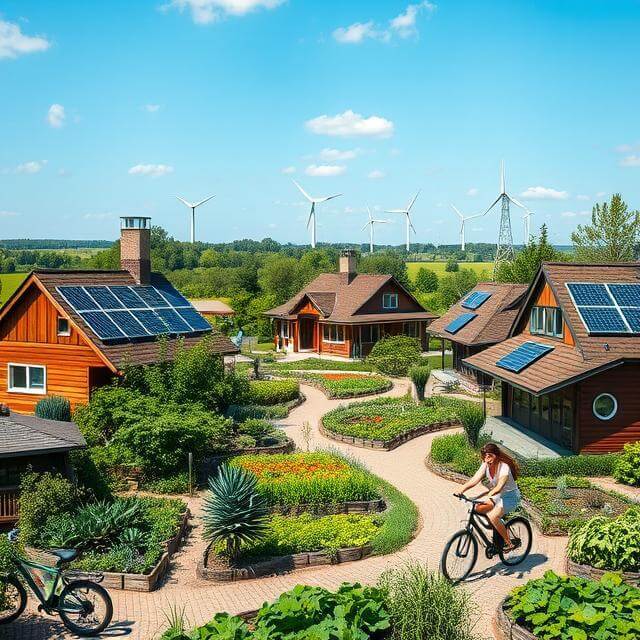How to Start a Restaurant in Sweden with Low Investment
Powered By Learn Sufficient Notes
Introduction
Starting a restaurant in Sweden might sound like a capital-intensive dream—but what if we told you that it’s entirely possible to launch a small, profitable food business with low investment? In 2025, thanks to modern food trends, pop-up culture, food trucks, and digital tools, opening a restaurant in Sweden with low investment is not only feasible but increasingly popular.
This complete guide will walk you through every step of starting a restaurant in Sweden with a tight budget, covering legal requirements, niche ideas, budgeting, marketing, expected revenue, and growth strategies.
Whether you’re a culinary enthusiast, an immigrant with a food business idea, or a budding entrepreneur, this 5000-word resource from Learn Sufficient Notes is tailor-made to help you succeed.
You Can Also Develop Your Personality With Us- Learn Sufficient Notes Personality Development Tips
💓Learn Sufficient Notes💓
Why Choose Sweden for a Low-Investment Restaurant Business?
Sweden offers an exciting food scene driven by innovation, sustainability, and diversity. Here’s why it’s ideal for budget-conscious restaurant startups:
- Supportive Government Programs: Sweden supports small businesses through tax reliefs and grants.
- Digitally Advanced Society: Online ordering and mobile payments are widely adopted.
- Strong Local & Tourist Demand: Cities like Stockholm, Gothenburg, and Malmö have a thriving culinary culture.
- Eco-Conscious Consumers: Sustainable, plant-based, and local food options are in high demand.
- Multicultural Population: Offers a market for ethnic and fusion cuisines.
Step-by-Step Guide to Start a Restaurant in Sweden with Low Investment
Step 1: Define Your Business Model
To keep costs low, consider these formats:
- Food Truck: Lower upfront costs and flexible location.
- Pop-Up Restaurant: Short-term leases or collaborations with existing cafes or bars.
- Cloud Kitchen: Operate a delivery-only kitchen using platforms like Foodora or Uber Eats.
- Small Takeaway or Kiosk: Focused menu and minimal dine-in area.
Tip: Begin small and scale with revenue. Avoid high-rent city centers initially.
Step 2: Choose a Profitable Niche
Focus on food concepts that are trendy, cost-effective, and scalable:
- Vegan/Vegetarian Meals
- Street Food Inspired by Asian/Middle Eastern Cuisine
- Local Swedish Snacks with a Twist
- Sustainable & Organic Foods
- Ethnic Cuisine for Immigrants (e.g., Indian, Mexican, Ethiopian)
Step 3: Legal Requirements & Licensing in Sweden
1. Register Your Business
- Visit verksamt.se to register your food business.
- Choose a sole proprietorship (enskild firma) or limited company (AB).
2. Apply for a F-tax Certificate
- Mandatory for self-employed individuals.
3. Food Safety & Hygiene Permits
- Contact Livsmedelsverket (Swedish Food Agency) for registration.
- Ensure compliance with HACCP (Hazard Analysis and Critical Control Points).
4. Municipal Approval
- Apply for local municipality approval if using public spaces or want to serve alcohol.
5. Insurance & Tax
- Get liability and property insurance.
- Register for VAT if turnover exceeds SEK 80,000 annually.
Step 4: Budget Breakdown – Starting a Restaurant on a Budget
Let’s assume a small cloud kitchen or food truck model.
Initial Costs:
- Business Registration & Permits: SEK 3,000 – 5,000
- Used Equipment (stove, fridge, tools): SEK 15,000 – 25,000
- Food Inventory (first month): SEK 10,000
- Packaging Materials: SEK 3,000
- Website + Branding: SEK 5,000
- Marketing & Ads: SEK 5,000
- Rent (kitchen space or truck): SEK 8,000 – 12,000/month
Total Estimated Investment: SEK 50,000 – 75,000 (~€4,500 – €6,500)
You Can Also Learn Business With Us- Learn Sufficient Notes Business World
Step 5: Marketing Strategy to Grow on a Budget
1. Local SEO & Google My Business
- Register your location, upload menu, photos, and collect reviews.
2. Instagram & TikTok Marketing
- Post reels and stories of daily specials, behind-the-scenes, and customer reactions.
3. Food Delivery Platforms
- Partner with Foodora, Wolt, and Uber Eats.
4. Flyers & Posters in Local Neighborhoods
- Especially around schools, offices, and apartment complexes.
5. Influencer & Blogger Collaborations
- Offer free meals in exchange for shoutouts.

Earnings Potential – Revenue Streams & Growth
1. Monthly Revenue Estimates (Small-Scale Model):
- Daily Orders: 30 orders/day
- Average Order Value: SEK 100
- Monthly Revenue: SEK 90,000
2. Expenses:
- Food & Packaging: SEK 25,000
- Rent & Utilities: SEK 12,000
- Staff (if any): SEK 15,000
- Miscellaneous: SEK 5,000
Net Profit (Approx): SEK 30,000 – 35,000/month
Challenges & Solutions
1. Language Barrier:
- Solution: Use English-friendly services, hire bilingual staff, or take basic Swedish lessons.
2. High Competition:
- Solution: Niche down and offer unique experiences or fusion dishes.
3. Weather Constraints (for trucks/pop-ups):
- Solution: Offer indoor delivery or seasonal adaptations.
4. Sourcing Ingredients Affordably:
- Solution: Partner with local producers and buy in bulk.
Future of Low-Budget Food Businesses in Sweden
- Rise of Cloud Kitchens: Delivery-focused kitchens will dominate.
- AI-Driven Ordering Systems
- Hyperlocal Marketing with AR Experiences
- Subscription Meal Plans for Office-Goers
- Sustainability Certifications Will Boost Brand Value
Conclusion
Launching a restaurant in Sweden with low investment is absolutely doable in 2025. By starting small with a smart business model, focusing on niche markets, leveraging digital tools, and keeping overhead low, you can build a sustainable and profitable food venture.
From pop-up stalls to ghost kitchens, there’s no limit to the opportunities if you stay creative and customer-focused.
For more detailed business guides like this, visit Learn Sufficient Notes at sufficientnotes.com.
Written and optimized by Learn Sufficient Notes — your trusted source for competitive knowledge and startup success in the modern economy.
Article written by Learn Sufficient Notes.





